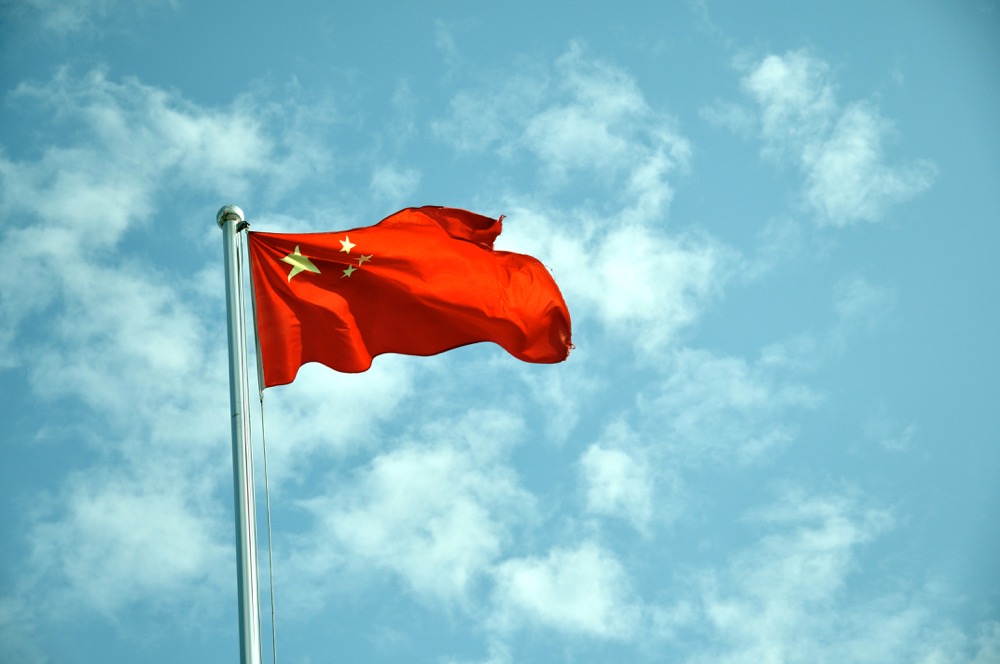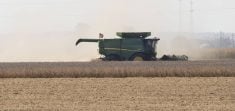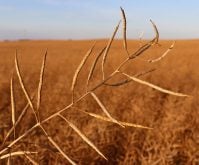Agriculture Minister Lawrence MacAulay departed on a trade mission to India and Vietnam in late February, just as farm export groups called for more attention on China.
The Canadian Agri-Food Trade Alliance says in a new report that China purchased $5.6 billion worth of Canadian farm and food exports in 2016 and has become the second-largest two-way trading partner behind the United States.
“China has a taste for what Canadian agri-food can offer – now’s the time to turn that taste into Canadian growth,” said Brian Innes, CAFTA’s president.
Read Also

Local farm businesses, groups look forward to Manitoba Ag Days 2026
Most of agriculture is seemingly at Manitoba Ag Days each January: Manitoba agribusinesses and farm groups look forward to connecting with farmers at the 2026 show.
“We’re barely scratching the surface. We should seize the opportunity to satisfying the dragon’s growing appetite from Canada.” China is a massive market with an emerging middle class demanding safe, high-quality products, the report says. It’s projected to be the world’s largest agri-food importer by 2020.
MacAulay’s visit to India comes as the two countries butt heads over pest treatment for peas and lentils. The Indian government wants the exports fumigated in Canada and not upon arrival in India as has been the practice for more than a decade. An exemption allowing the treatment in India expires at the end of March.
Pulse Canada says the methyl bromide treatment is for pests that don’t exist in Canada and doesn’t work in the cold. As well, it’s damaging to the ozone layer.
Canada exported $1.1 billion worth of peas and lentils to India in 2016 and $1.5 billion in 2015, about one-third of all Canadian pulse exports.
The Canadian Food Inspection Agency and its Indian counterpart have been discussing a resolution to the issue for months. It will be a key topic for MacAulay during his visit.
He will be accompanied by a group of Canadian industry associations representing a variety of agriculture, agri-food and seafood sectors looking to increase sales in the Asia-Pacific region.
Innes says Canada’s agri-food export success depends on increased access to China. “Increasing agri-food exports to China will be crucial to Canada’s economic future over the next 50 years.”
Currently, agri-food exports to China are already significant, the report says. China takes in one-third of Canada’s canola exports and represents an important market for soybeans, pulses, wheat, barley, beef and pork. While there’s opportunity to grow that business, “Canadian exporters continue to face serious barriers that are hampering growth,” the CAFTA report says. “For example, tariffs and non-tariff barriers reduce the range of products that can be exported and raise uncertainty for exporting businesses.”
While overcoming the barriers will be tough for many agri-food commodities and value-added food products Chinese production can’t keep up with demand and there are opportunities to improve trade.
In some cases, Canada faces a significant trade imbalance with China, particularly in value-added prepared foods and is at a competitive disadvantage compared to other countries such as Australia that have signed free trade agreements, the report says. A free trade agreement that eliminated tariffs would put Canada on a level playing field and enable Canadian exports to meet Chinese demand.
Also attracting interest in the Asia-Pacific region is a conference in Kobe, Japan where representatives from 16 countries met for the next round of negotiations on the Regional Comprehensive Economic Partnership (RCEP). Canada is a participant in the meeting.
It will be the first meeting since the new administration in Washington pulled the U.S. out of the Trans-Pacific Partnership. While there are divisions within RCEP, supporters see its potential as the fundamental Asia-Pacific trade agreement for the 21st century.
Other countries in RCEP are Brunei, Cambodia, Laos, Malaysia, Myanmar, Indonesia, the Philippines, Singapore, Thailand, Vietnam, Australia, New Zealand, South Korea, Japan, China and India.















